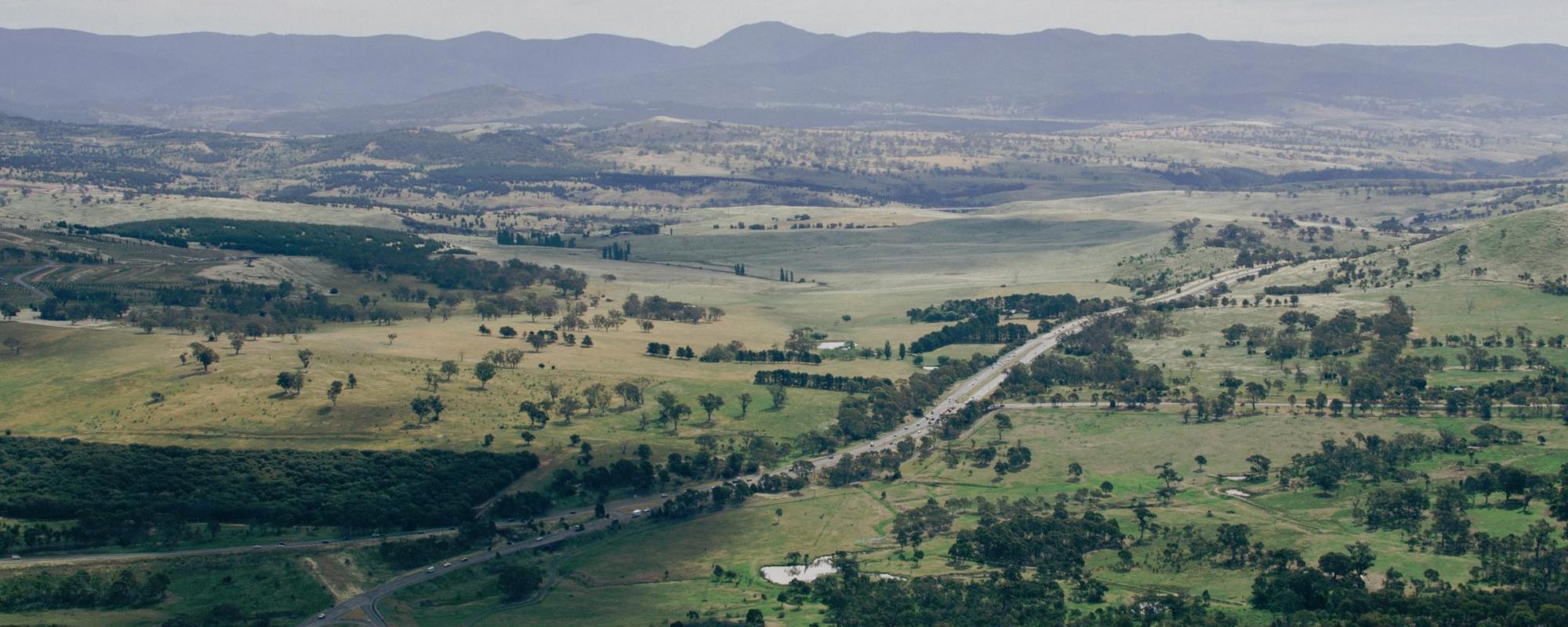Concepts Of Land And Land Ownership
The concept of land ownership — as Australia and New Zealand understand and practise it — is not universal and there are many other forms of ‘ownership’ existing in different cultures throughout the world. Many are quite informal in the way they operate. In fact, our system is very formal and highly structured in comparison with developing countries.
The system used in Australia and New Zealand is a comparatively recent development in world history and is based on ‘common law’ (that part of law developed over a long period of time by decisions of courts). Other countries that use common law include Canada, Ireland, the United Kingdom and the United States of America. Common law principles can be overruled by ‘statute law’, which is established by legislative enactments such as Acts or Regulations.
Land under common law is said to be held in ‘fee simple’, which describes a form of ownership that can be held by owners and their heirs indefinitely.
The meaning of ‘land’
Land is often referred to as ‘real property’, which, in very basic terms, means property that is fixed and immovable — as distinct from personal property which, again in basic terms, means property (as in goods and chattels) that is not fixed and can be moved.
The general principles of ownership at common law have long been established in the courts of equity, although the concept of extent of ownership has changed significantly in interpretation from the nineteenth to the twenty-first century. In addition, statutory law continues to place increasing restrictions on the rights and benefits that would otherwise accrue with land ownership (Donnelly 1985).
"At common law, the term ‘land’ when used in relation to a particular parcel meant the surface of the Earth, the soil beneath the surface to the centre of the Earth and the column of air above the surface. It included all things growing on or affixed to the soil, such as trees, crops and buildings. It also included all the minerals in the soil excepting gold and silver, which at law belonged to the Crown as royal metals" (Hallmann 1994, 9.1).
This concept in the twenty–first century is, however, subject to limitation by statutory law and comes increasingly under challenge at common law.
As examples, ownership of the air space above the land surface is qualified by Air Navigation legislation, and unregistered wayleaves and easements under Electricity Easements legislation. Apart from these and other similar statutory exceptions, the surface owner does own the airspace above their land in the sense that, subject to building regulations, they are fully entitled to extend their occupation of the air, for example, by building high-rise developments. However, judgements in recent cases are interpreted to mean that an owner's rights extend only as far as is necessary for the ordinary use and enjoyment of their land.
It should also be noted that "in all States (of Australia) there are statutory definitions of ‘land’ which lay down the meaning to be ascribed to the term where it occurs in Acts of Parliament. These definitions do not materially interfere with the common law meaning except with regard to its use in Acts dealing with specific subjects. For example, an Act which regulates mining would naturally introduce substantial qualifications on the rights of an owner of land to take minerals from it" (Baalman 1979, p. 95).
"Ownership also involves a significant element of possession (refer Possessory Title) and … it can be stated that ownership of the land surface extends just so far in each direction upwards or downwards vertically as the owner is able to bring and retain under their effective control" (Donnelly 1985).

